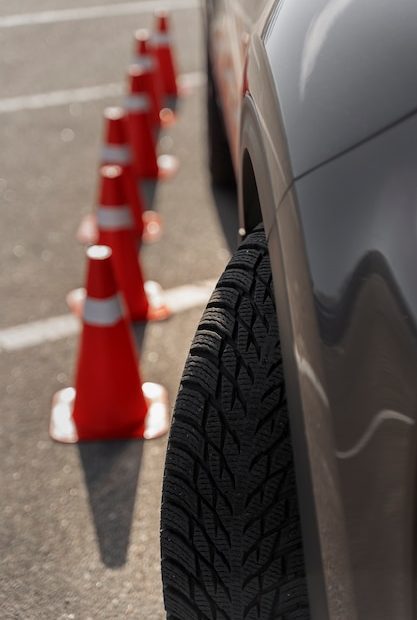Are Run Flat Tires More Prone to Punctures?
Introduction
Run flat tires have become increasingly popular in recent years due to their ability to continue providing limited mobility even after a puncture. As the name suggests, these tires are designed to be driven on, at least for a short distance, with little or no air pressure. However, the question that arises is whether run flat tires are more prone to experiencing punctures compared to regular tires. In this article, we will explore the characteristics of run flat tires and assess their vulnerability to punctures.
The Construction of Run Flat Tires
Run flat tires differ from regular tires in their construction. They feature reinforced sidewalls that provide support to the tire even when it has lost air pressure. This added strength allows the vehicle to maintain mobility for a limited period, usually up to 50 miles or so, after a puncture occurs. The reinforced sidewalls ensure that the tire remains in shape and prevents it from collapsing under the weight of the vehicle.
Resistance to Punctures
Contrary to popular belief, run flat tires are not inherently more prone to punctures compared to regular tires. Both types of tires are susceptible to punctures caused by sharp objects on the road, such as nails or shards of glass. However, the key difference lies in how each type of tire responds to a puncture.
When a regular tire gets punctured, air rapidly escapes, leading to a sudden loss of pressure. This can result in a blowout or a complete loss of control over the vehicle, increasing the risk of accidents. On the other hand, a run flat tire provides extended mobility, allowing the driver to reach a safe location to replace or repair the tire.
The Benefits of Run Flat Tires
Run flat tires offer several advantages over regular tires, particularly in terms of safety and convenience. Here are a few key benefits:
1. Safety: One of the primary advantages of run flat tires is the increased level of safety they provide. By allowing the driver to maintain control and mobility after a puncture, run flat tires reduce the risk of accidents occurring due to sudden loss of air pressure.
2. Convenience: Run flat tires eliminate the need for immediate tire replacement or repair in case of a puncture. This means that drivers do not have to change a tire on the side of a busy road or wait for roadside assistance, which can be time-consuming and inconvenient.
3. Peace of mind: With run flat tires, drivers can have peace of mind knowing that they have an extra margin of safety in case of a puncture. The extended mobility provided by these tires allows for a more controlled and safer driving experience.
The Drawbacks of Run Flat Tires
While run flat tires offer significant benefits, there are some drawbacks to consider as well. These include:
1. Ride quality: Run flat tires often provide a stiffer and harsher ride compared to regular tires. The reinforced sidewalls contribute to this firmer feel, which may result in a less comfortable driving experience.
2. Limited distance: Although run flat tires can provide extended mobility after a puncture, the distance they can cover is usually limited to around 50 miles. This means that drivers still need to address the issue promptly to avoid being stranded.
3. Higher cost: Run flat tires generally tend to be more expensive than regular tires. Additionally, since these tires provide limited mobility after a puncture, they often need to be replaced rather than repaired, further increasing the overall cost.
Conclusion
In summary, run flat tires are not inherently more prone to punctures compared to regular tires. Both types of tires can be affected by sharp objects on the road. However, run flat tires offer the advantage of extended mobility after a puncture, allowing drivers to reach a safe location for tire replacement or repair. While they provide added safety and convenience, run flat tires may have some drawbacks, including a stiffer ride and higher cost. Ultimately, the choice between run flat tires and regular tires depends on individual preferences and priorities.



